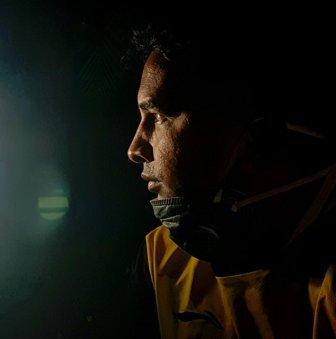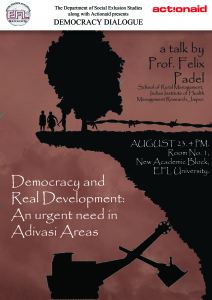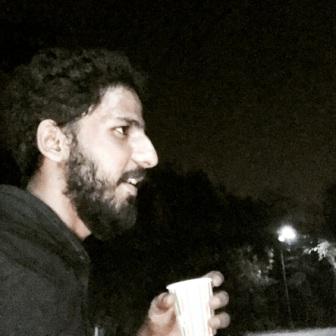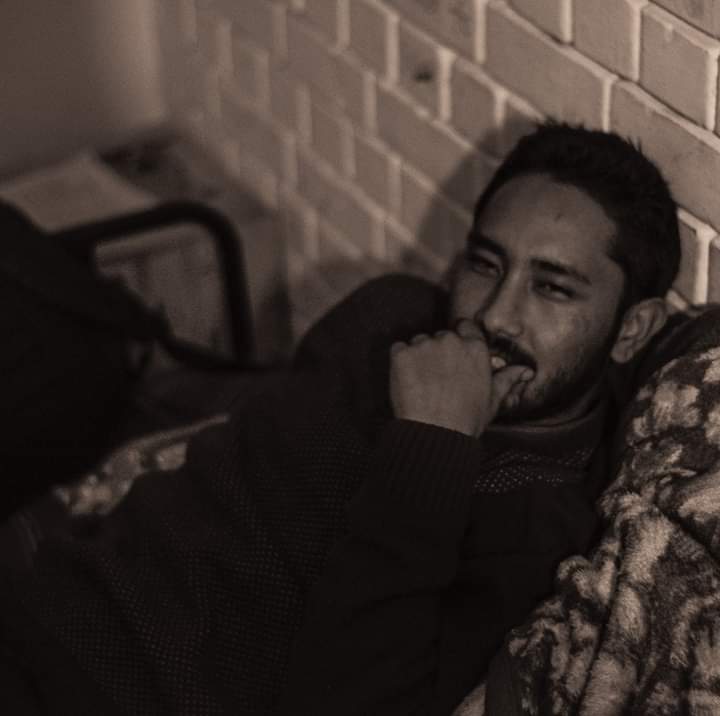JS Vinay
 I got the chance to watch the Telugu movie ‘Palasa 1978’ on Amazon Prime a few days back. Though I am from Maharashtra, I like to see films on anti-caste assertion in different languages. Will try to get straight to some key points:
I got the chance to watch the Telugu movie ‘Palasa 1978’ on Amazon Prime a few days back. Though I am from Maharashtra, I like to see films on anti-caste assertion in different languages. Will try to get straight to some key points:
The movie is set in a small town called Palasa in Srikakulam district of Andhra Pradesh state. The film concentrates on the exploitative relationship between the Bahujans and the dominant upper castes. Will not go into the details of the plot. The story primarily revolves around the two brothers Mohan Rao and Ranga Rao, who are from the “Untouchable” community and the conflict between two mercantile upper caste landlords. The plot is gripping and the pace of the movie is very fast. It is mostly in the flashback mode.
Within the first few minutes of the movie, the caste locations of each of the characters becomes clear. In fact the Sahukars are seen with their sacred threads a few times when the camera is hovering over them. It reminds me of Dr Ambedkar’s words in his iconic ‘Castes in India’: “Caste in the singular number is an unreality. Castes exist only in the plural number. There is no such thing as a caste: There are always castes. To illustrate my meaning: while making themselves into a caste, the Brahmins, by virtue of this, created non-Brahmin caste; or, to express it in my own way, while closing themselves in they closed others out.” [1]
Though I don’t understand Telugu, when I checked with my friends, they mentioned that the dialect used is of the North Andhra region, which normally is not used in Telugu movies as it is not considered a “pure” dialect. The songs are sung by local folk singers and even the instruments which are used are mostly used by the local Bahujans of the area.
There is a certain dignity being shown when they portray the women of the community. Be it when they shout at upper caste men who interfere while they are attending to nature’s call or when they refuse to succumb to upper caste men with the motives of sleeping with them; or when the women encourage their men to live lives of dignity.
There are several times when the concept of ‘Unity of the Oppressed’ is shown. It tries to break stereotypes of Bahujans succumbing to lure of money or power. There is a lot of meat in most of the characters in the movie. Like the Rao brothers, the two Sahukars, the Dalit Christian character Inspector Sebastian who is more like the pivot of the movie, the wives of the Rao brothers, and Bhairagi etc.
The Bahujans are also shown as being ambitious in their own ways, always wanting a better life for themselves and their families. The Bahujans are also shown as being in the forefront realising, working towards and accepting change. For example, Mohan Rao leaving his religious thread behind after coming to know of Dr.Ambedkar. Another example is the willingness of the older brother to learn western dance to adapt to different times for their livelihoods. An important point is that never does one feel that the use of force as assertion by Rao brothers is unwanted. Many a times, they do it for self-defense or to teach the oppressors a lesson which is justified.
The kind of caste oppression shown is also very different. There is the direct, usual untouchability type shown a few times as well as the part when election tickets are being distributed, the Raos are not given their fair share even though they are the most capable ones.
Following the principles of Dr. B.R.Ambedkar, the director of the movie, Mr. Karuna Kumar, suggests political power as well as having spaces in areas of art, music, education as important to solve the problems of the Bahujans. He also speaks about the institutional murders in university spaces, Chunduru and Laximpeta atrocities on Dalits. He focuses on a larger Bahujan unity to not fall for the deceptive nature of the upper castes.
Special mention should be made about the director Karuna Kumar for coming up with this concept. To sum it up, the film is a thriller set against the backdrop of anti-caste assertion. It is good that directors from Bahujan backgrounds are now starting to make movies with with their own perspectives. Such movies must definitely be watched and supported.
~
References
1. Castes in India: http://www.columbia.edu/itc/mealac/pritchett/00ambedkar/txt_ambedkar_castes.html#:~:text=Castes%20exist%20only%20in%20the,in%20they%20closed%20others%20out.
~~~
JS Vinay works in the Corporate Sector and is interested in the Anti-Caste movement.










